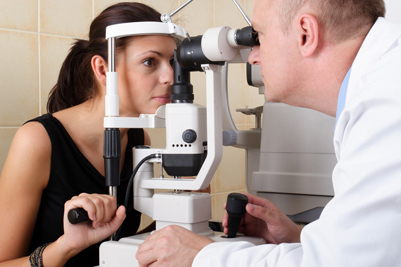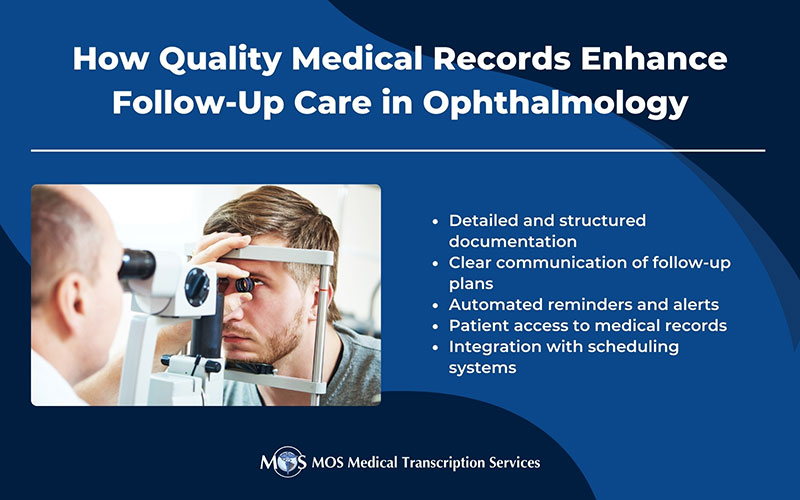 Managing documentation in an ophthalmology practice is not an easy task. Medical transcription companies provide valuable support with accurate and timely EHR/EMR-integrated ophthalmology transcription service. A recent study from the Boston University School of Medicine (BUSM) indicates just how important quality documentation is for this specialty. The researchers found that inconsistent documentation in the EMR may affect patient medication adherence.
Managing documentation in an ophthalmology practice is not an easy task. Medical transcription companies provide valuable support with accurate and timely EHR/EMR-integrated ophthalmology transcription service. A recent study from the Boston University School of Medicine (BUSM) indicates just how important quality documentation is for this specialty. The researchers found that inconsistent documentation in the EMR may affect patient medication adherence.
The study, which was published in the January 2016 issue of Clinical Ophthalmology, examined glaucoma medication non-adherence which was identified at reconciliation in a system using EMRs. Ophthalmologic treatment, especially for glaucoma, involves long-term medical management with frequently changing, multiple daily eyedrop regimens. This presents challenges for the busy physician in documenting properly and also for the patient in maintaining correct medication adherence. The BUSM study suggests that the difficulties with updating EMRs with medication changes would result in an inaccurate or incomplete medical record, affecting patient care and provider efficiency.
Medical documentation integrity means maintaining the accuracy of the complete health record. EHRs/EMRs have customizable documentation applications with templates and smart phrases to assist users with documentation. However, the American Health Information Management Association (AHIMA) points out that these structured templates pose many issues:
- There may be no templates for a specific problem or visit type
- Templates cannot provide for the detailed documentation that is necessary for patients with atypical symptoms and multiple problems or extensive interventions
- A template designed to meet reimbursement criteria may omit relevant clinical information
The BUSM researchers found that inconsistent documentation in the EMR could be a contributing factor in the medication adherence of ophthalmic patients presenting with glaucoma. They reviewed 200 EMRs of new and established glaucoma patients receiving medications from three ophthalmologist prescribers. To find discrepancies, they compared the physician- and patient-stated regimen with the EMR’s active medication list. The results were as follows:
- 20% of medication reconciliation printouts listed medications with instructions that were incorrect based on the ophthalmologists’ treatment plans.
- 29 of 40 discrepancies were found between the EMRs and the patient’s actual regimen
- There were 8 discrepancies in the physicians’ and EMRs’ medication list
- 3 patients were taking the EMRs’ documented medications that were different from the physician-stated list
The study also found that while more than 70% of the patients took their medications correctly by following their physician’s instructions instead of their printed medication list, 7.25% of patients took their medications incorrectly as they relied on the printed regimen.
Practices that rely on an approach that blends ophthalmology medical transcription services and EHR can avoid medication errors. AHIMA points out that the continued use of narrative documentation options make EHRs more user-friendly and successful. Medical transcription companies that provide documentation solutions for ophthalmologists have experienced transcriptionists with extensive knowledge of the medical terminology, medical conditions, drugs, procedures, tests, and treatments related to this specific specialty. By updating EMRs on a regular basis, they help promote documentation integrity and ensure that physicians have more time for patient care.
